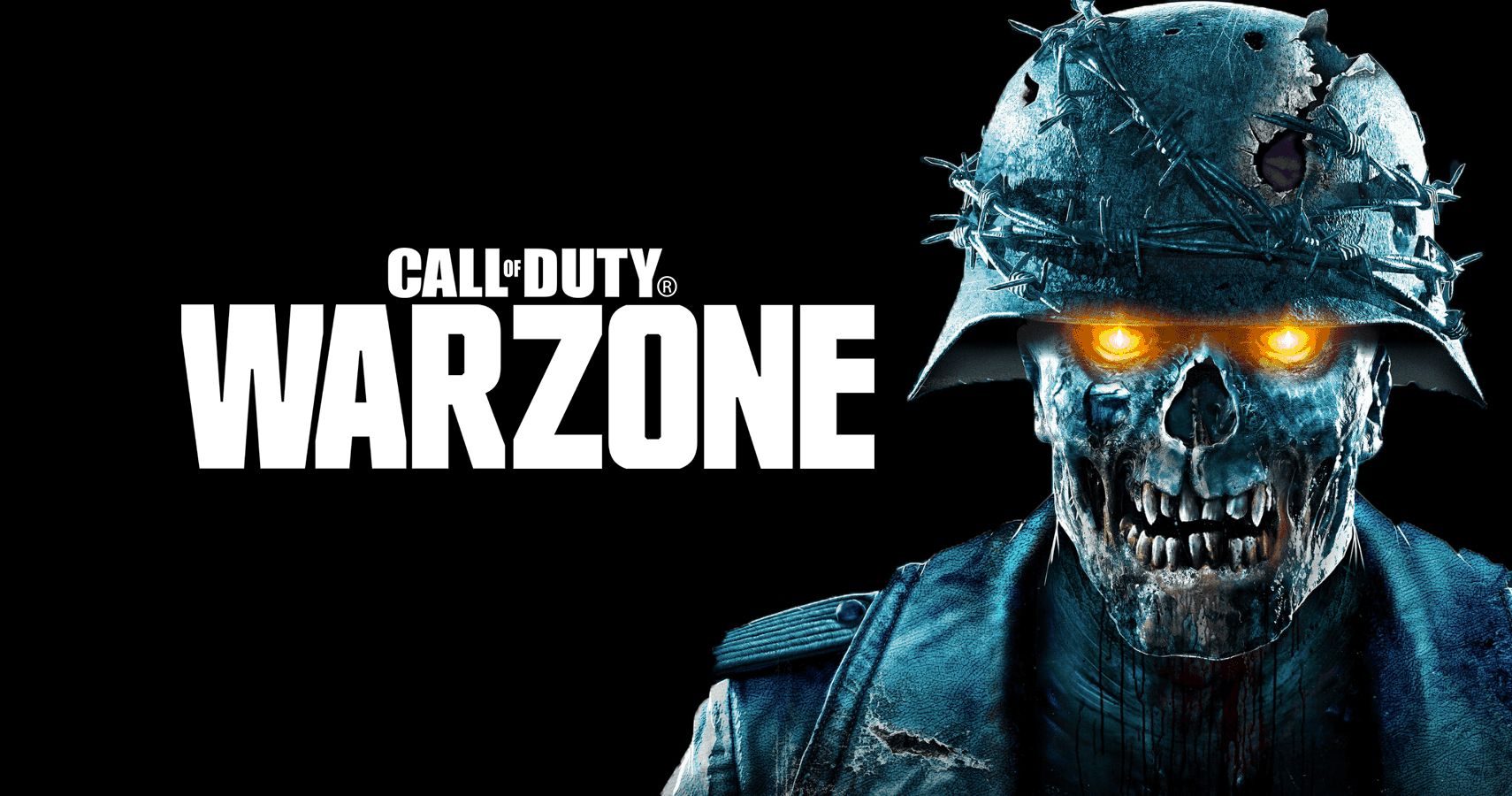
They started to theorize about what things meant, what the story behind this thing was. How do we grow this wacky idea? It was so undercooked in its earliest iteration, just four soldiers trapped in a gradually unlocking house. Treyarch saw the success, the buzz around this bonus, hidden mode, and that got the team thinking. That’s why Zombies was realized in World at War as an easter egg beat the campaign and you get this cool, weird thing that, despite any tonal shifts, was just downright fun.

Lamia and his team saw the fun factor, but there was no guarantee that fans would take to such a different concept packaged into the brand new ideas they had only embraced a year before. Call of Duty was coming off the huge, franchise-changing success of Modern Warfare. Word got out about this weird Nazi zombies mode, and it traveled through Activision’s hierarchy. Its difficult-to-predict play and on-the-fly strategizing was the sort of thing that turned heads. They have no place in the Call of Duty universe.

Expectations at Activision were that World at War would be the top-selling game of that year’s holiday season. There were no pre-existing plans to add the mode and no schedule in place for building it.Īdd to all of this the fact that it was a Call of Duty game - probably the biggest franchise on the planet at that point. World at War was behind schedule and the Zombies concept was introduced late in the development timeline. The team was already wrestling with new tech, and they were crunched for time.

It was perceived as the wrong idea initially, to the point that Lamia almost canned it. It’s also the only one in the series that allows for cooperative play throughout the campaign.Īccording to Lamia, the expanded play that co-op offered led to some behind the scenes tinkering. The zombies first appeared in Treyarch’s Call of Duty: World at War, the first game in the series that followed the groundbreaking Call of Duty 4: Modern Warfare and the last in the series to feature a World War II setting.

Lamia spoke to the origins of the mode in his talk at the 2015 DICE Summit.


 0 kommentar(er)
0 kommentar(er)
